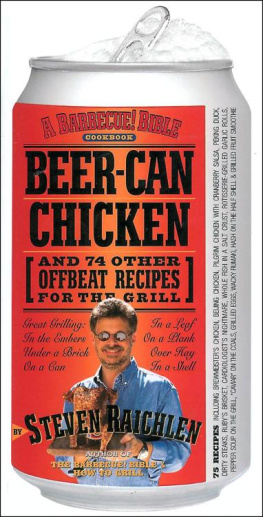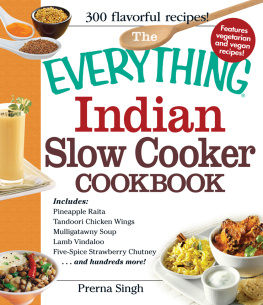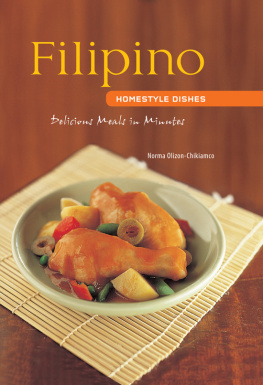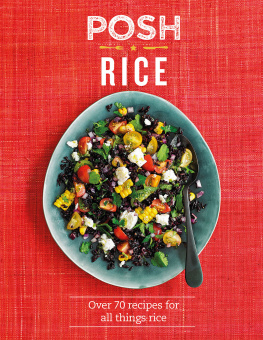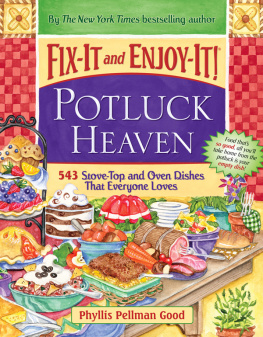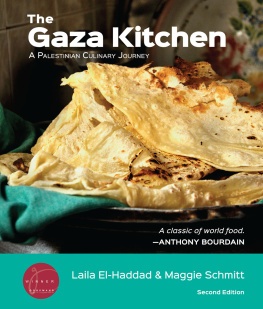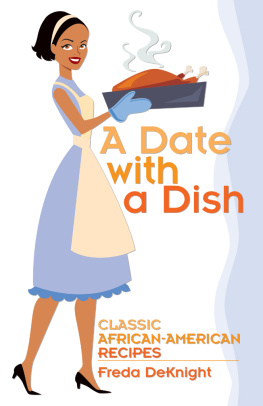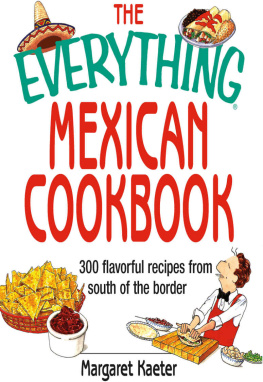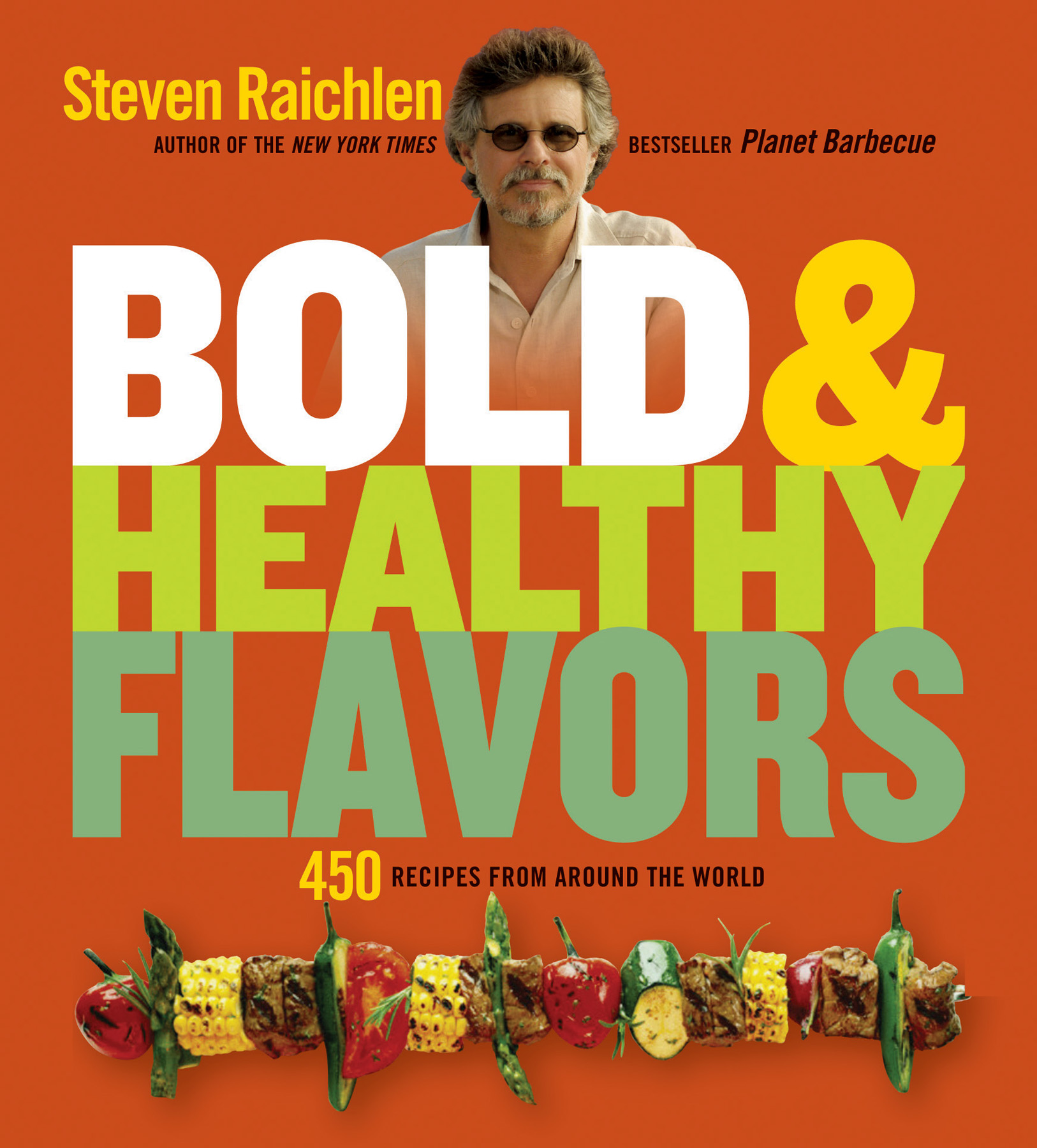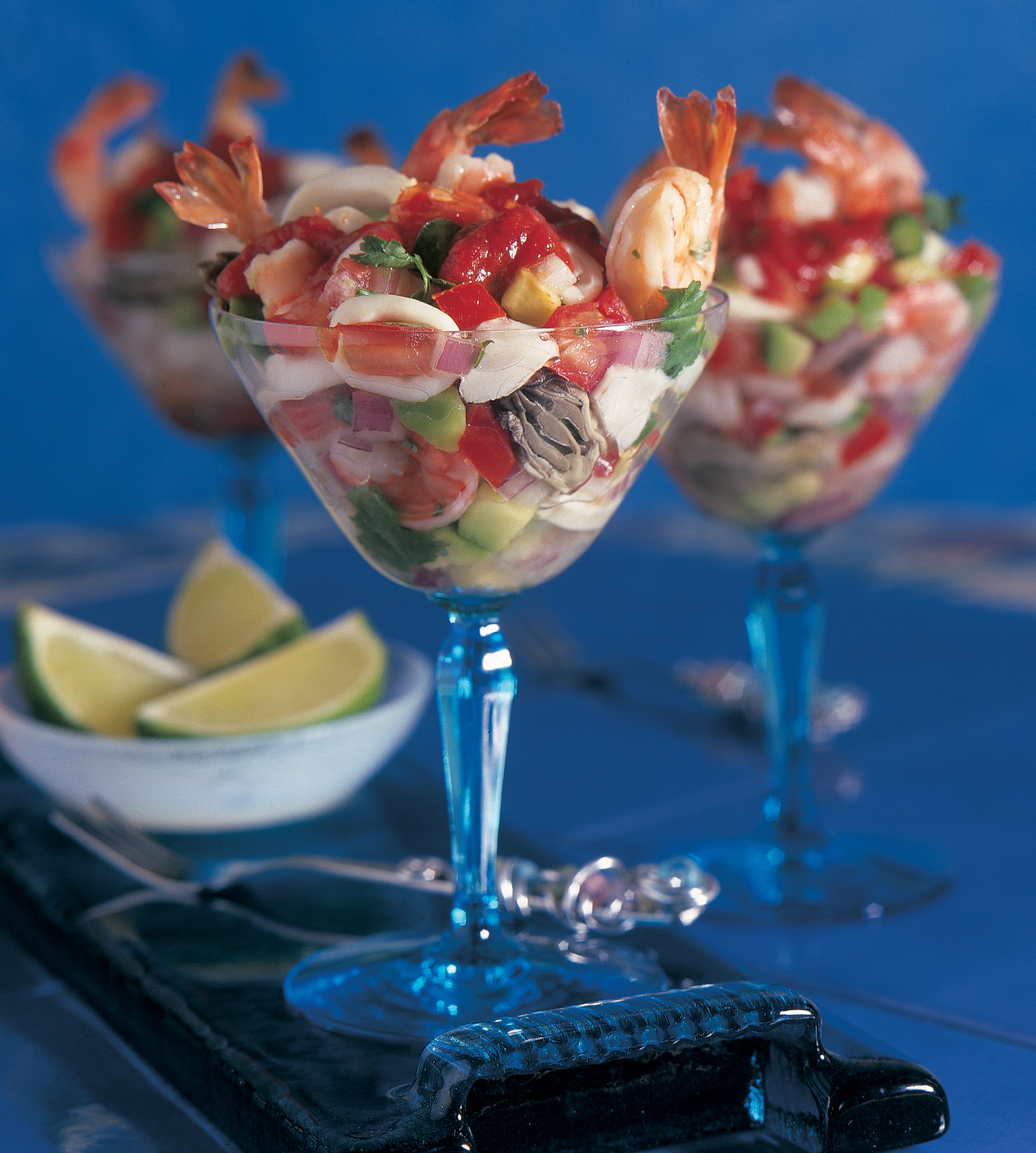A huge thanks to J.P. Leventhal, Lindley Boegehold, Christina Gaugler and Richard Rothschild and his team at Print Matters, Inc.
The photographers, Greg Schneider and Ken Winokur.
My stepson Jake, who did much of the food styling and recipe testing and my stepdaughter Betsy, the family nutritionist.
T he instructions were simple enough: Follow a low-fat diet for two weeks and avoid red meat. I had just had some minor surgery and this was part of the post-op recovery. As I lay in bed, I had plenty of time to reflect on this new eating mandate and its significance to me as a food writer. For a guy who has spent the better part of a decade promoting the virtues of barbecue, the irony was obvious. Many people know me as the host of Primal Grilling. Its true Ive written eight books and taped two TV series on my passion for, and dare I say, obsession with live-fire cooking. Its equally true that briskets and pork shoulders, T-bones and ribs have become the way markers of my culinary path. I love barbecue, I cook it and eat it often, preaching the gospel of live-fire cooking wherever and whenever I can. What you may not know is that prior to barbecue, I spent ten years writing about healthy cooking, that my work includes nine books about low-fat cookingthe source of the recipes here. That when I dine at home with my family, we still more often than not follow a diet that, while explosively flavorful, is low in fat and based as much as possible on vegetables, grains, beans, and seafood, with relatively small portions of meats and poultry. My involvement with healthy cooking began in the late 1980s. I had spent ten years as a restaurant critic for Boston Magazine, and my nightly dining out had left me with an alarmingly high cholesterol level and a mushrooming waistline.
For better or worse, I came of culinary age in France in the 1970san era when butter, eggs, and cream were considered a chefs staunchest allies. Meals routinely began with foie gras and brioche and concluded with a butter-cream gateau. Back in this BCC (Before Cholesterol Consciousness) era, no one suspected that cheese souffl, blanquette of veal, or asparagus with hollandaise sauce actually could be detrimental to your health.
Many Americans have undergone a similar attitude change about fat. A diet high in saturated fats has been shown to lead to a host of maladies, ranging from heart disease to cancer. Almost monthly, it seems, some new medical study warns us of the dangers of fat. Unfortunately, fat is delicious. The worlds most gorgeous saucesbearnaise or beurre blanc, for exampleuse butter as the main ingredient. Pastry-making would be almost inconceivable without butter, cream, and egg yolks. Even in a simply grilled steak or roasted rack of lamb, the most flavorful part is the fat.
Now, Ive written about food and cooking for my entire adult life. Never once have I used the word diet. Ive always been a firm believer in the virtues of home-cooked meals made with fresh natural ingredients. I have never used synthetic, dietetic, or highly processed foods and I wasnt about to start. I knew I needed to make a change in my eating habits, but I wasnt willing to sacrifice flavor. As I reviewed my cooking practices, the central question became: How could I retain bold flavors in my food while reducing or eliminating the fat? I looked for ways to replace the inherent richness of animal fats, using fresh herbs, spice mixes, condiments, marinades, and other intense flavorings instead.
Ethnic cuisines, particularly those of the Mediterranean, Middle East, India, and Asia became a major source of inspiration. These cuisines share a common enthusiasm for seafood, grains, beans, fruits, vegetables, and relatively small portions of red meat. Its no accident that in these parts of the world, the incidence of heart disease is dramatically lower than in our own.
I abandoned such classical cooking methods as sauting and deep-frying, concentrating on low-fat techniques, like grilling and bake-frying. The non-stick frying pan became an indispensable ally, as I came to realize that I could make the same potato pancake with 1 tablespoons of olive oil that I used to with a half stick of butter. I began to look for alternative forms of protein, turning to beans, grains, and soy products. When I did use meat, I paired it with a high proportion of vegetables, as is done in the Far East. I replaced butter with olive oil, heavy cream with low-fat dairy products, and chicken and vegetable broth. I discovered that sauces could be thickened with pured vegetables and that custards and souffls could be set with egg whites, not yolks.
I came to have one guiding principle in my cooking: use flavor instead of fat.
Much to my surprise, my cooking actually improved from what it had been under the influence of Escoffier and Bocuse. I came to realize that food tasted brighter and fresher without an artery-clogging shroud of fat. And so, what began as a health necessity became a pleasurable way of life.


